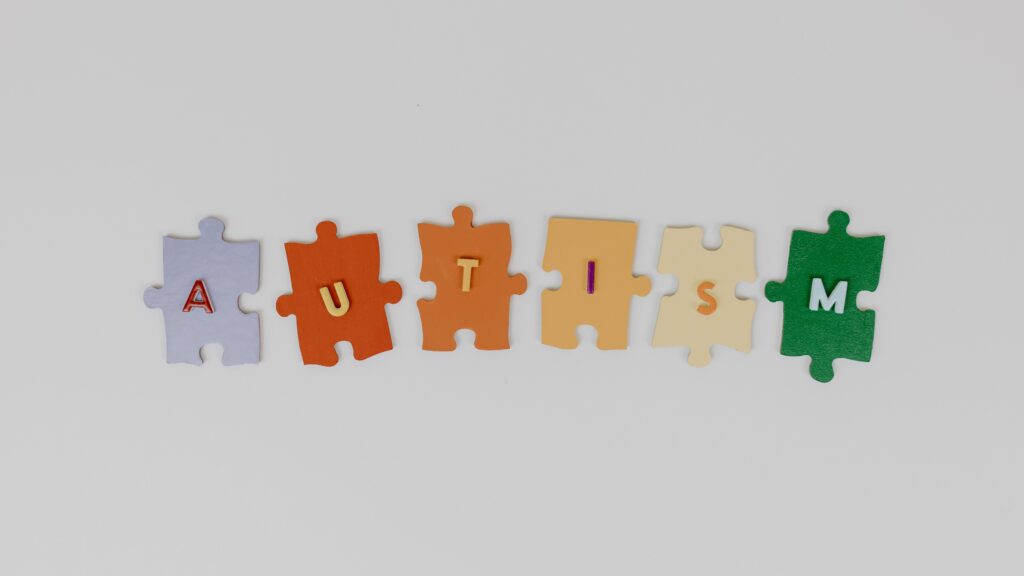An autistic child may engage in repetitive behaviours, such as rocking, as a way to cope with sensory overload or to express distress. Rocking can also be a self-stimulating behaviour, providing a sense of comfort and security for the child.
Rocking can have a calming effect on children with autism, as it can help to regulate their sensory system. The repetitive motion can be soothing to the child, helping to reduce anxiety and stress.
Additionally, rocking can provide a sense of proprioceptive input, which is the sense of the position and movement of the body. This input can help to ground the child and provide a sense of control over their body.
Rocking can also be a way for a child with autism to communicate their needs or emotions. For example, a child who is feeling overwhelmed may begin to rock as a way to express their distress.

Similarly, a child who is feeling happy or excited may also begin to rock as a way to express their joy. In both cases, rocking can be an effective way for the child to communicate their feelings, even if they are not able to express them through language.
It’s important to note that rocking is a common behaviour among children with autism, but not all children with autism will engage in this behaviour.
Additionally, rocking is not exclusive to autism and can be seen in other populations as well.
Summary
In summary, rocking can be a way for children with autism to regulate their sensory system, to express their emotions, and to communicate their needs.
It can be a comforting and self-soothing behaviour for children with autism and may help them to cope with the challenges of the disorder. It’s important for parents, caregivers and therapists to understand the reasons behind this behaviour, and to provide support and accommodations to help the child to feel safe and secure.
Feel free to browse our archive for more articles on raising an autistic child. Alternatively you can visit the UK’s National Autistic Societies website here.

